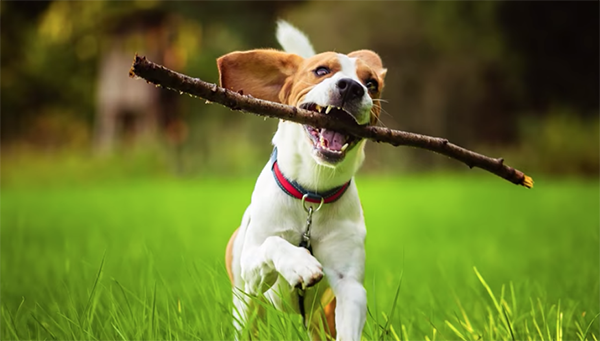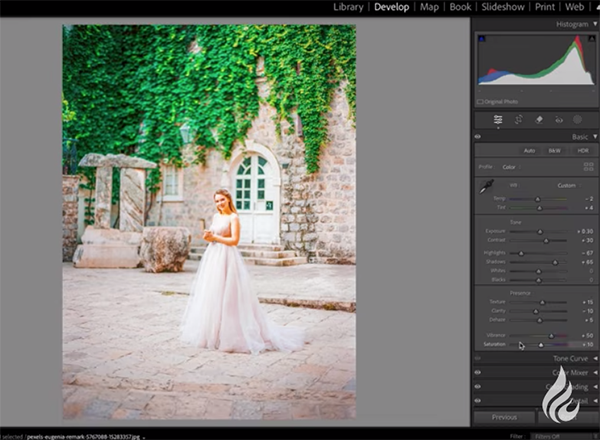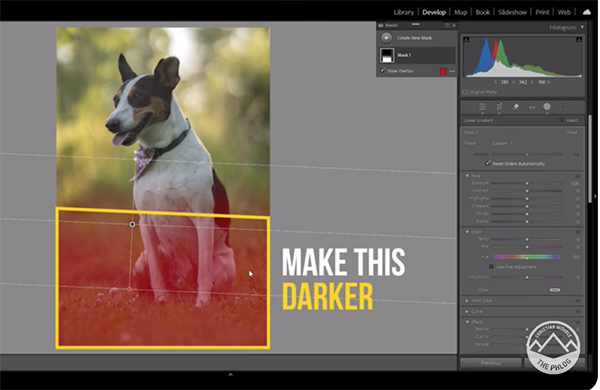Beginners Guide to Photo Terms, Concepts & Camera Settings (VIDEO)
There’s a lot to digest if you’re just getting started in photography, including camera-setting terms, basic concepts, and other important nomenclate that’s essential to understand. The quick explainer below from photographer Ed Verosky clears up all the confusion so you can evolve your skills with confidence.
Verosky specializes in quick tutorials on using affordable gear to achieve great images, especially when using flash. He kicks off today’s episode by asking if you understand the meaning of terms like, ISO, HSS, aperture, field of view, depth of field, and other key concepts. His reply is this: “These are the features and settings related to your camera’s exposure and the effect of a lens on your images.”

It’s all good stuff that every photographer should understand and he begins with ISO which is one of three elements in the Exposure Triangle—alongside aperture and shutter speed. You can think of ISO as a means of controlling your camera’s sensitivity to light. As Verosky explains, “a lower ISO number like 100 or 200 is good for bright lighting conditions, while a higher ISO like 1,600 or 3,200 helps you shoot in lower light.
Unfortunately there’s a tradeoff when bumping up the ISO value; namely, the likelihood of introducing ugly digital noise. This is where the concepts of aperture and shutter speed come into play because they provide other adjustments for dealing with dim lighting conditions, and it’s important to know which to use when.

Verosky explains that aperture refers to the opening in your lens that lets light into your camera. “It’s measured in f/stops like f/2.8 or f/5.6, and a lower number means a wider aperture that allows more light into the camera.” There’s more to this concept beyond exposure however, because it also has serious implications for depth of field—a term that describes the range of acceptable sharpness in an image.
As the six-minute lesson proceeds you’ll learn the meaning of other critical concepts and terms, some of which are less familiar than those mentioned above. Bottom line: it’ time to become well acquainted. There are many more how-to videos on Verosky’s popular YouTube channel, so be sure to take a look and explore.
You can also take advantage of what you learned today after watering the earlier tutorial we featured with a post-processing pro who demonstrates how to create beautiful Golden Hour portraits of wildlife and pets. The straightforward technique can be used to enhance people portraits too.









